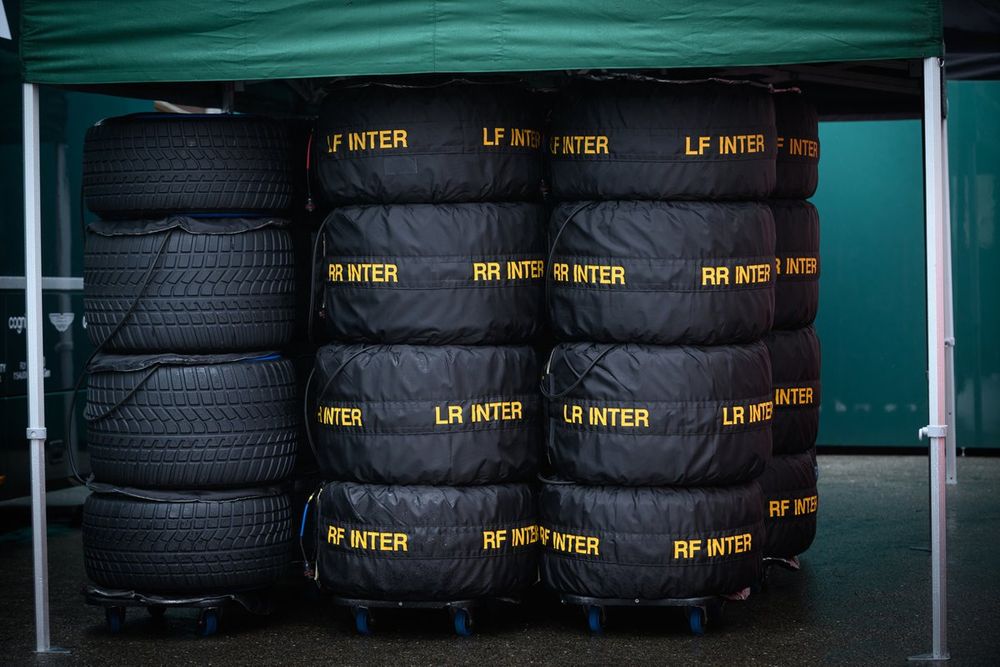The year also saw an ultimately aborted effort to create no-blanket slicks for 2024, the successful introduction of a full wet that did work without blankets, a new construction introduced at the British GP to deal with ever-increasing downforce, and an end-of-season request from the F1 Commission to tackle the issue of overheating.
Then there were efforts to improve F1’s sustainability credentials with the alternative tyre allocation – eventually rejected by the teams – and the first attempt at remounting and giving a second life to unused wet tyres.
On top of that was the successful navigation of what could have been a much bigger crisis in Qatar after signs of damage inflicted by kerbs was seen on some tyres.
All of that added up to a busy year for Pirelli and its engineers as the company navigated the challenges that cropped up.
“The overall view is positive,” says Pirelli motorsport director Mario Isola. “We have been able to react to a couple of situations that were not predictable.
“The first one was the increase in performance that we saw at the beginning of the season. And I believe that our reaction was the right one. So to homologate a new construction that we knew was not giving a difference in balance, in performance, in behaviour was the right approach, instead of raising the pressure.
“The second one was in Qatar with the kerbs. And again, it was possible thanks to a good communication together with the other stakeholders to find the right solution.
Photo by: Erik Junius
Pirelle intermediates
“Obviously, we have to try to anticipate as much as we can, but sometimes it’s not possible or predictable. So what is important in that case is that we find together the right solution.”
Introducing a new construction in the middle of the season is not a straightforward move, as there’s always the risk that it could upset the balance of performance across the field, and help or hinder certain teams.
However it was deemed necessary as Pirelli could see downforce levels increasing in the second year of the regulations.
In-season testing was focussed on readying no-blanket tyres for 2024, rather than specifically on the usual challenge of dealing with rising loads. However as it turned out the no-blanket programme generated an ideal solution.
“Luckily, this new construction was something we were already testing, because it was an idea for the no-blankets tyre,”…
Click Here to Read the Full Original Article at Motorsport.com – Formula 1 – Stories…

